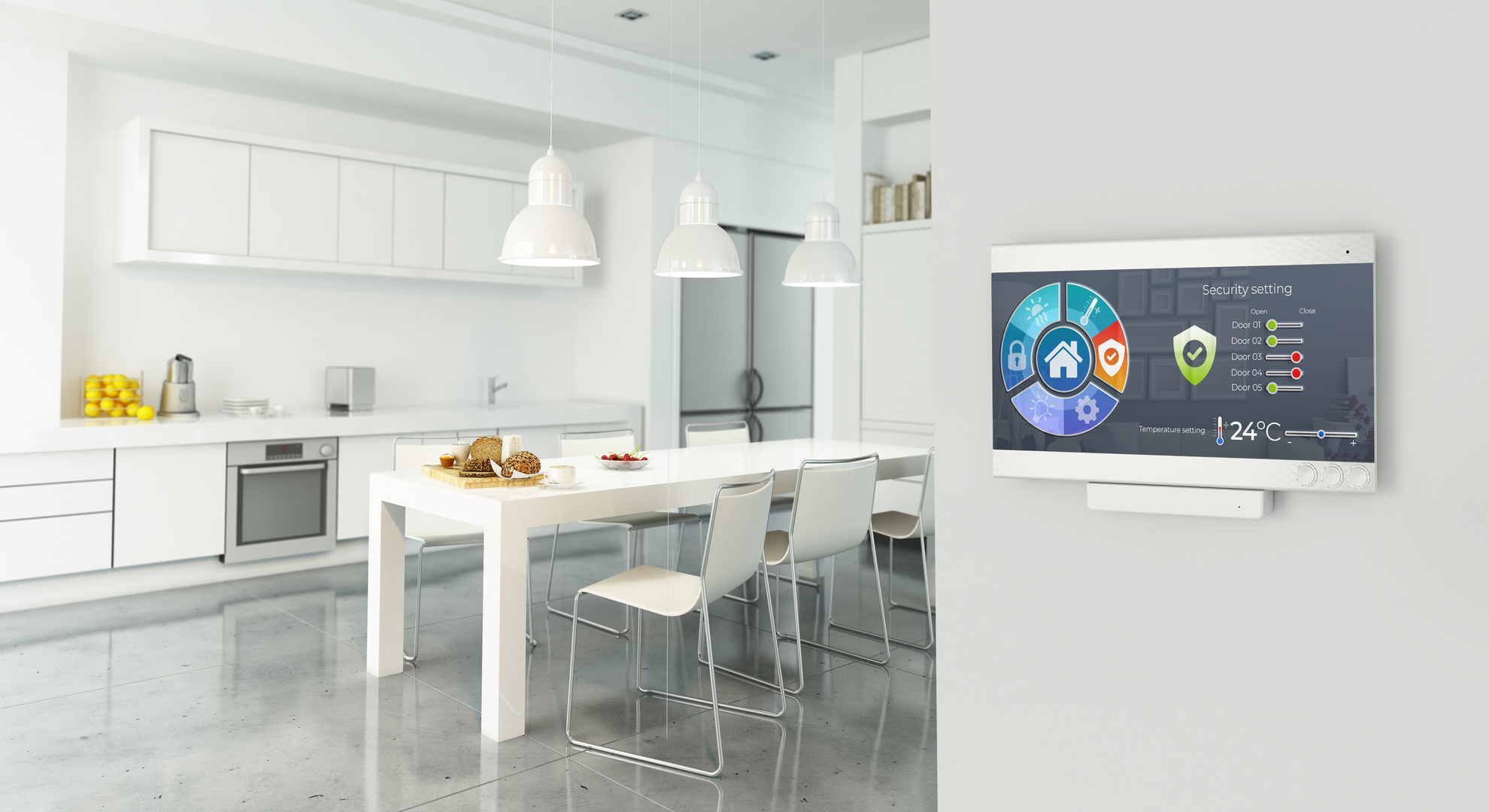
29 Dec Can the Internet of Things listen in on our conversations?
In a little under a decade, artificial intelligence has taken on a physical and psychological presence in our everyday lives in a way most could never have imagined. And although it’s a topic on everyone’s lips, it still has a long way to go before it truly unveils its full potential. Things will almost certainly happen at a much faster pace than we expect, but for the short term at least, most of us will remain spectators to this shift. One thing’s for certain: digitalisation has already perfectly integrated a number of examples of technological development into our everyday lives, which could soon be mirrored by artificial intelligence. And that’s certainly the case with the IoT (Internet of Things).
IoT: devices connected 24/7
That just about sums up the Internet of Things. It’s a set of physical devices, all with different applications, that can connect to the Internet and collect, analyse and share information, both with other similar smart devices and with users themselves. The term was first coined in the nineties, but it wasn’t until the mid-2000s hit – with the development of secure communication protocols and, above all, the emergence of wireless connectivity – that it really started to take off and be understood by the general public.
Thanks to more research and development work in the field of sensors and miniaturised devices – work that’s still ongoing, of course – IoT applications can now be found in fields as varied as industry, robotic medicine and surgery, traffic management and street lighting, livestock farming, monitored and connected agriculture, as well as supply chain management, to name just a few examples.
Having personal assistants in our homes was the real turning point in IoT development.
Despite all the preceding applications, it was home automation and the increasingly common presence of virtual assistants and smart speakers in our kitchens and living rooms that really marked a “before and after” moment in digitalisation and, more specifically, in the general public’s acceptance of the IoT. Virtual assistants, such as Alexa, Apple HomeKit with Siri, Google Assistant and Samsung Bixby, now take care of lots of tasks in people’s homes, such as turning lights on and off, opening and closing the blinds, switching the heating on and off, and many other voice-activated actions that make our lives that little bit easier. The popularisation of smartwatches has also helped us get used to having an “assistant” looking after us and our needs round the clock.
The dangers of the IoT
As is always the case with digitalisation, despite all the benefits, technological advances have their dark side and, in the case of the IoT, things aren’t going to be any different. Having an “open door” – even a virtual one – into our lives and all the information we share with our various assistants is, while very convenient for us, an opportunity for third parties to sneak into our wireless networks via those very same connected devices and either tamper with or even steal our data.
According to a study called In the Room Where It Happens: Characterizing Local Communication and Threats in Smart Homes, using connected devices as part of the IoT can pose a potential security risk. The authors claim that “a side channel is a sort of stealthy way of accessing sensitive data indirectly. For example, Android app developers are supposed to ask for system permissions to obtain consent before accessing data, such as geolocation data… But we have shown that certain spyware applications and advertising companies are abusing local network protocols to quietly access that sensitive information without users being aware of it”.
Just as extracted data can be used for “innocent” purposes, such as advertising, the very same protocols and practices in spyware can represent a real cybersecurity vulnerability. To make life tougher for would-be hackers, it’s recommended you use secure communication protocols, such as TLS/SSL, use strong passwords, make use of data encryption, whenever possible, and limit access to specific home devices through MAC filtering. It’s also highly recommended you ensure all your devices have the latest firmware updates installed and that you keep an eye out for any security updates from the manufacturers of the devices you use.

